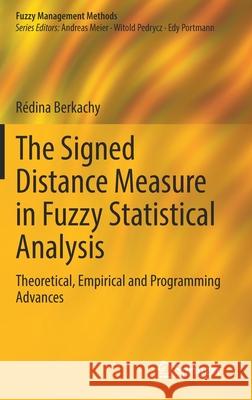The Signed Distance Measure in Fuzzy Statistical Analysis: Theoretical, Empirical and Programming Advances » książka
topmenu
The Signed Distance Measure in Fuzzy Statistical Analysis: Theoretical, Empirical and Programming Advances
ISBN-13: 9783030769154 / Angielski / Twarda / 2021 / 342 str.
The Signed Distance Measure in Fuzzy Statistical Analysis: Theoretical, Empirical and Programming Advances
ISBN-13: 9783030769154 / Angielski / Twarda / 2021 / 342 str.
cena 523,30
(netto: 498,38 VAT: 5%)
Najniższa cena z 30 dni: 501,19
(netto: 498,38 VAT: 5%)
Najniższa cena z 30 dni: 501,19
Termin realizacji zamówienia:
ok. 22 dni roboczych
Dostawa w 2026 r.
ok. 22 dni roboczych
Dostawa w 2026 r.
Darmowa dostawa!
Kategorie:
Kategorie BISAC:
Wydawca:
Springer
Seria wydawnicza:
Język:
Angielski
ISBN-13:
9783030769154
Rok wydania:
2021
Wydanie:
2021
Numer serii:
000456281
Ilość stron:
342
Waga:
0.69 kg
Wymiary:
23.39 x 15.6 x 2.24
Oprawa:
Twarda
Wolumenów:
01
Dodatkowe informacje:
Wydanie ilustrowane











